Rose Apple Chambakka, Jambaka Fruit Plant
Original price was: ₹599.00.₹99.00Current price is: ₹99.00.
78 in stock
Size: Single Plant | 2.5″ Pot Included
The Rose Apple (Syzygium jambos) and related varieties like Chambakka and Jambaka fruit plants require similar care as they belong to the same genus.
Here’s a Rose Apple Chambakka, Jambaka Fruit Plant comprehensive guide:
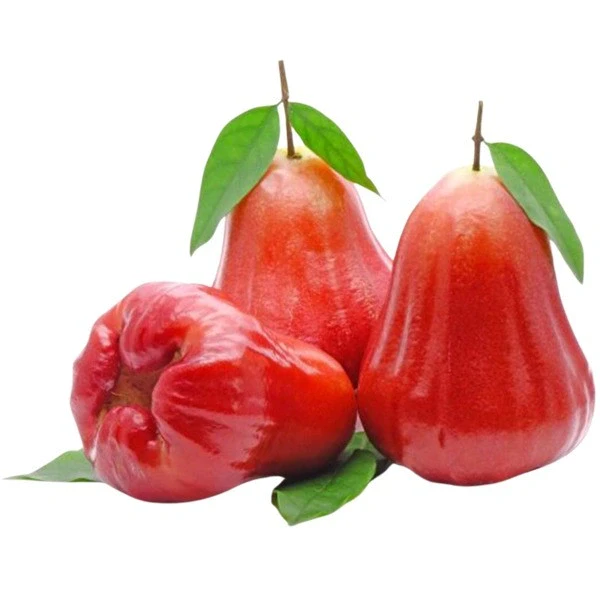
1. Climate and Location:
- Tropical and Warm: These trees thrive in warm, humid, tropical climates.
- Sunlight: They need at least 6-8 hours of full sun daily for optimal growth and fruit production.
- Protection: Choose a location sheltered from strong winds.
2. Soil:
- Well-draining: The soil must be well-draining to prevent waterlogging and root rot.
- Rich in Organic Matter: Amend the soil with compost or well-rotted manure before planting to improve fertility and drainage.
- pH: The ideal soil pH is between 6.0 and 7.0.
3. Planting:
- Timing: Plant during the spring or early summer after the risk of frost has passed or during the rainy season.
- Hole Size: Dig a hole twice the width and the same depth as the root ball.
- Planting Depth: Ensure the top of the root ball is level with the surrounding soil surface.
- Watering: Water thoroughly after planting.
- Mulching: Apply a layer of mulch around the base to retain moisture and suppress weeds.
4. Watering:
- Regular Watering: Water regularly, especially during dry spells and when the tree is young and establishing.
- Established Trees: Mature trees are relatively drought-tolerant but benefit from consistent moisture, especially during flowering and fruiting.
- Avoid Overwatering: Ensure the soil doesn’t become waterlogged.
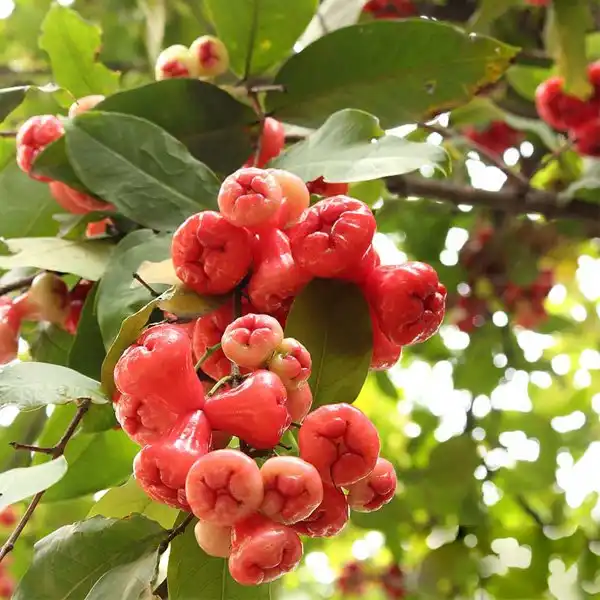
5. Fertilizing:
- Balanced Fertilizer: Use a balanced fertilizer (e.g., 10-10-10 NPK) every 6-8 weeks during the growing season.
- Organic Fertilizers: Organic options like poultry manure, rabbit droppings, or cow dung can also be used.
- Avoid During Flowering/Fruiting: Generally, avoid fertilizing during the main flowering and fruit-setting period. Fertilize after harvesting the fruits and according to vegetative growth.
6. Pruning:
- Annual Pruning: Prune annually to maintain shape, remove dead or diseased branches, and improve air circulation and sunlight penetration.
- Timing: The best time for significant pruning is in late winter or early spring before new growth begins, or after harvesting fruits (around July/August in some regions).
- Techniques: Focus on thinning dense foliage and removing crossing branches. Head back branches to encourage fruiting. Sterilize pruning tools to prevent disease spread.
7. Pests and Diseases:
- Monitor Regularly: Check for common pests like aphids, scale insects, and caterpillars.
- Treat Promptly: Use appropriate organic or chemical pesticides if infestations occur. Bacillus thuringiensis (Bt) is an organic solution for caterpillars. Neem oil can help with various pests.
- Fruit Rot: Ensure good air circulation through pruning to help prevent fungal diseases like fruit rot. Chemical fungicides may be necessary in severe cases.
- Beneficial Insects: Encourage beneficial insects like parasitic wasps that prey on pests.
8. Propagation:
- Seeds: Can be grown from seeds, and seedlings may fruit within 2 years.
- Cuttings: Can be propagated through semi-hardwood cuttings (15-20 cm long with leaf nodes) treated with rooting hormone and planted in well-draining, moist soil under high humidity.
- Layering: Layering is also a propagation method.
9. Harvesting:
- Timing: Rose apples typically bear fruit within 3-5 years of planting.
- Ripeness: Fruits are usually ready when they turn pale green or light pink (depending on the variety) and emit a sweet aroma.
- Harvesting Method: Gently twist the fruit to detach it from the stem to avoid damaging the tree.
- Maturity: Pick fruits at the mature stage.
Important Considerations:
- Water Quality: Ensure good quality water for irrigation.
- Nutrient Needs: These trees need fairly frequent and regular fertilization, adjusting based on the growth stage.
- Support: Young trees might need support to grow straight.
- Grafted Plants: Grafted plants may fruit earlier and have known characteristics. If growing from seed, there might be variations.
By following these care guidelines, you can successfully grow a healthy Rose Apple Chambakka, Jambaka Fruit Plant and enjoy its fragrant flowers and delicious fruits in your garden in India. Remember to adjust watering based on the local climate and rainfall patterns.
Only logged in customers who have purchased this product may leave a review.


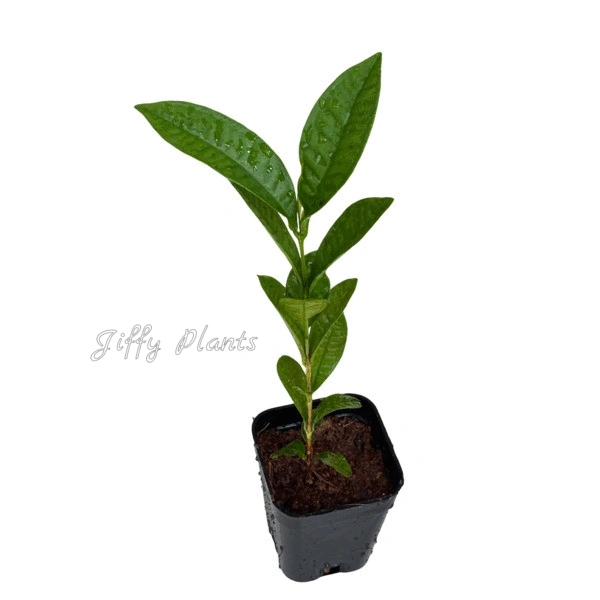
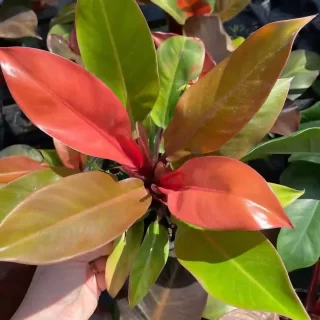
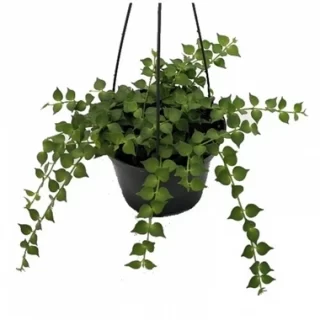






 If you need any assistance, I'm always here. Have you found what you were looking for?
If you need any assistance, I'm always here. Have you found what you were looking for?
Reviews
There are no reviews yet.